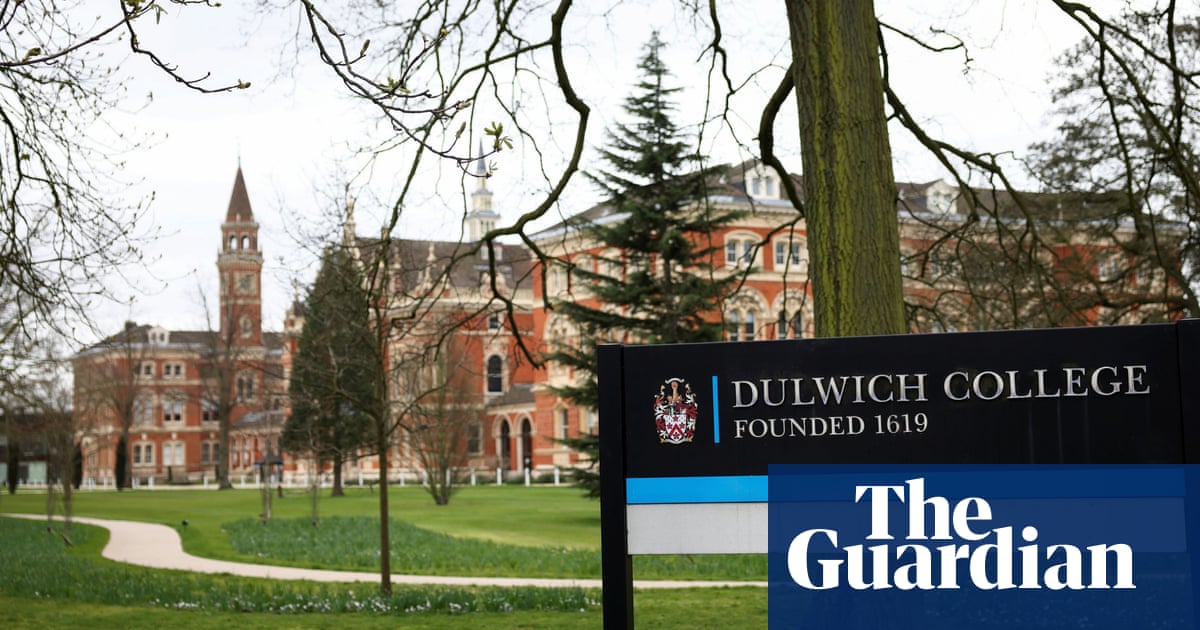Parents driving children to private schools is associated with a 27% increase in air pollution and congestion in a south London street, according to campaigners who are calling for private schools to make greater use of sustainable transport.
The analysis by Solve the School Run found that nitrogen dioxide levels and fine particulates produced by vehicles in the street in Herne Hill were far higher when nearby private schools such as Dulwich college were open, compared with when only local state schools were open.
Bus times were also affected, with commuters facing longer delays on local buses at morning peak times on the days when Range Rovers and SUVs were ferrying children to private schools.
Ben Barratt, a professor in environmental exposures and public health at Imperial College London, said the “sheer number of private schools” in the area made it an unusual case. But after reviewing the data and methodology, Prof Barratt said he was confident in the analysis, taking account of other influences such as weather and transport patterns.
“It may be that the exact numbers are not precise but I’m confident there is a strong association,” he said.
Nicola Pastore, a local parent who co-founded Solve the School Run and a former corporate data analyst, said: “It’s well established in the area that in the weeks when only state schools are open, the traffic is much lighter, partly because those schools have much lower driving rates.
“As a mother of three children, it feels like you can breathe again because you don’t have to worry so much about your children getting hit, and there isn’t the stress of noise and pollution. It’s just a much calmer and more enjoyable journey to school.”
The group sourced data for nitrogen dioxide and fine particulate matter known as PM2.5, which includes particles from car tyres and brakes, from the Breathe London community air monitoring programme, and bus times from Transport for London.
The data for Croxted Road in Herne Hill during morning rush hours found nitrogen dioxide pollution went up by 16% when state schools were open but by 47% when both state and private schools were open – an increase of 27% despite private schools accounting for only half as many pupils. The level of PM2.5 also rose by 25% when private schools reopened, while bus times were 51% slower.
Pastore said the group had held meetings with Dulwich college about changing how pupils travel to school. She said: “We’d like to see more safe, convenient and sustainable travel choices for families, these include parent-free travel options like primary-age school buses as well as much safer cycling routes”.
The analysis found 6,000 pupils attended private schools in Herne Hill, compared with 12,600 at state schools, one of the highest concentrations of private education in the country. As a result, researchers said the impact would be lower in most other parts of the country.
Dulwich College, which has 1,670 pupils, said it is “committed to supporting its pupils and staff in sustainable travel to and from school each day”. It said while 17% of its pupils went by car, 32% went by foot, scooter or bike, with the rest using public transport or coach service.










